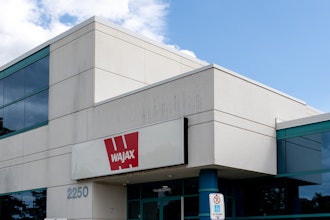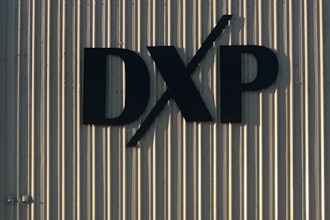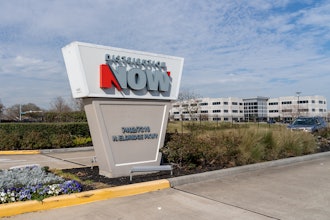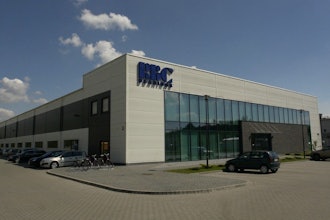
Electrical, industrial and communications MRO products distributor WESCO International reported its 2020 first quarter financial results on Thursday, which showed a modest dip in year-over-year sales that were hammered during the second half of March due to impacts from the COVID-19 pandemic.
WESCO’s total Q1 sales of $1.97 billion were flat year-over-year (YoY), while organic sales declined by 1.8 percent. Operating profit of $61 million was down from $70.9 million a year earlier, while total profit of $34 million was down from $42 million a year earlier. Sequentially, WESCO’s Q1 figures compare with Q4 2019 sales of $2.1 billion (up 4.4 percent YoY) and organic sales that rose 3.9 percent, operating profit of $84 million and total profit of $53 million.
“Through the middle of March, our first quarter results were on track with our outlook,” said John Engel, WESCO chairman, president and CEO. “We had a strong start to the year with sales growth within our expected range and sequentially improving gross margins. In mid-March, the spread of the COVID-19 pandemic and government-imposed shutdowns impacted our customers and suppliers across all of our end markets.”
Engel said that WESCO’s $4.5 billion acquisition of electrical, data and security products distributor Anixter International — announced mid-January and nearly unanimously approved by Anixter shareholders on April 10 — is still on track to close during the company’s Q2 or Q3. That acquisition is set to form a distributor with a combined company value of about $17 billion.
WESCO detailed actions taken to ensure business continuity during the ongoing pandemic as well as cost-savings measures implemented. Those activities include the following:
- Temporary compensation reductions that reduce board of directors’ cash retainer by 25 percent, C-Suite executive salaries by 25 percent, vice president salaries by 20 percent, and other employee salaries by 12 to 15 percent
- Implemented multi-shift strategy to promote social distancing
- Reward and recognition bonus for on-site employees
- Implemented business continuity plan that involves “daily impact reporting” to provide supply chain visibility, and sourcing PPE equipment for customers and employees
- Withdrawl of $100 million on inventory revolver
- Adjusting hourly shifts to match demand and customer service needs
- Suspended 401(k) company match and deferred salary increases
- Reduced discretionary spending
- Froze all non-essential capital expenditures






















